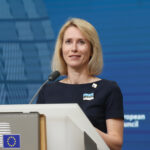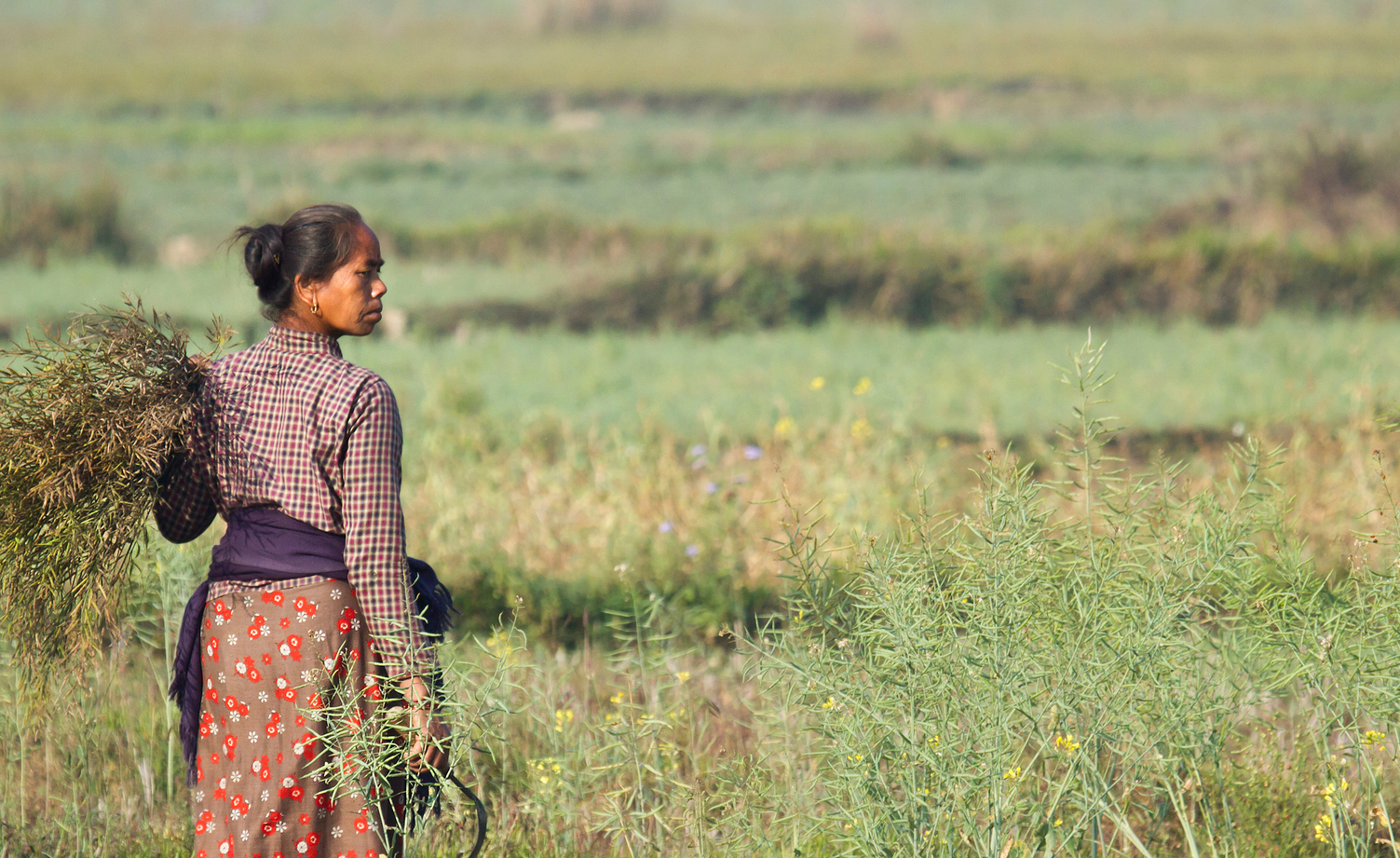Food price inflation exceeds overall inflation in most countries, and at least 123 million people in Sub-Saharan Africa (SSA) will be in food crisis by the end of the year. This is partly due to lack of investments in domestic food production, exacerbated by climatic shocks, the COVID-19 crisis, and impacts of the war in Ukraine.
These layered crises continue to negatively affect women’s food security. , which is set to deteriorate further. In addition to their low decision-making power, the food and nutrition crisis is hitting women harder because they bear the brunt of households’ coping strategies in tough times, including reducing the quality of their food and curtailing meal amounts.
However, forming more than 40 percent of the agricultural labor force in SSA, women are not only the victims of the food crisis—they can, and must, be a part of the solution too. Empowering women farmers can serve as a transformative tool to boost food production. Yet, this hasn’t been a straightforward solution owing to barriers that constrain women’s productivity.
What is the problem?
Measured gender differences in agricultural productivity (calculated as yield per hectare) in SSA range from 6 percent to 66 percent, depending on the country. Studies have shown that this can lead to vast economic losses for countries, ranging from $100 million in Malawi to $2.3 billion in Nigeria.
These gaps are driven by female farmers’ limited access to physical inputs like seeds and fertilizer as well as labor. In addition, restrictive social norms can influence the type of crop value chains women engage in and whether they can use farm machinery, retain income earned and outsource childcare—all of which influence women’s economic engagement and productivity. Finally, limited access to markets is a binding constraint for women famers due to their lower cash reserves, restrictions on mobility, and potential safety concerns. Women also face greater obstacles in accessing storage facilities and new digital solutions that could strengthen market links. Moreover—since women’s farms produce less than men’s—volume requirements may hinder their participation in larger centralized markets.
What can we do about it?
; making extension services more gender responsive, engaging female agents, and diffusing information on input-use via mobile phones and innovations like video-enabled messaging. Provision of community-based childcare centers can ease women’s time constraints. Delivering socio-emotional skills like personal initiative can facilitate women’s participation in high-value crops. To strengthen links to market, improving access to roads, transportation, and information technology services is pivotal. Equipping women with information on procedures, tariffs, and rights can facilitate cross-border trade. Alongside, boosting investments in storage and technology can help mitigate risks of post-harvest losses. Providing financial (or other) incentives to directly buy from women in the supply chain could also be considered.
Many of these interventions are highly cost-effective, making them scalable and sustainable solutions to address food insecurity without adding pressure on limited fiscal space. For example, an extension program in rural Uganda, which utilized female social networks to disseminate information on cash crops, increased productivity by 20 percent at one-third the cost compared of standard extension training.
While these solutions can directly help boost production, it is equally important to build resilient food systems, especially in the face of climate change. Fiscal policies targeted at providing financial and social assistance to women alongside capacity-building programs and public investments in infrastructure can increase adoption of climate-smart crops, livestock, and technologies. Cash transfers and nutrition-sensitive social safety net programs are also effective tools (see Fig 6 here) to improve food availability and affordability while also building capacity to hedge climatic risks.
Beyond the solutions we’ve outlined, engaging women—as leaders and agents of change—in decision-making can engender a much-needed paradigm shift in the discourse on food security.
Source : World Bank















